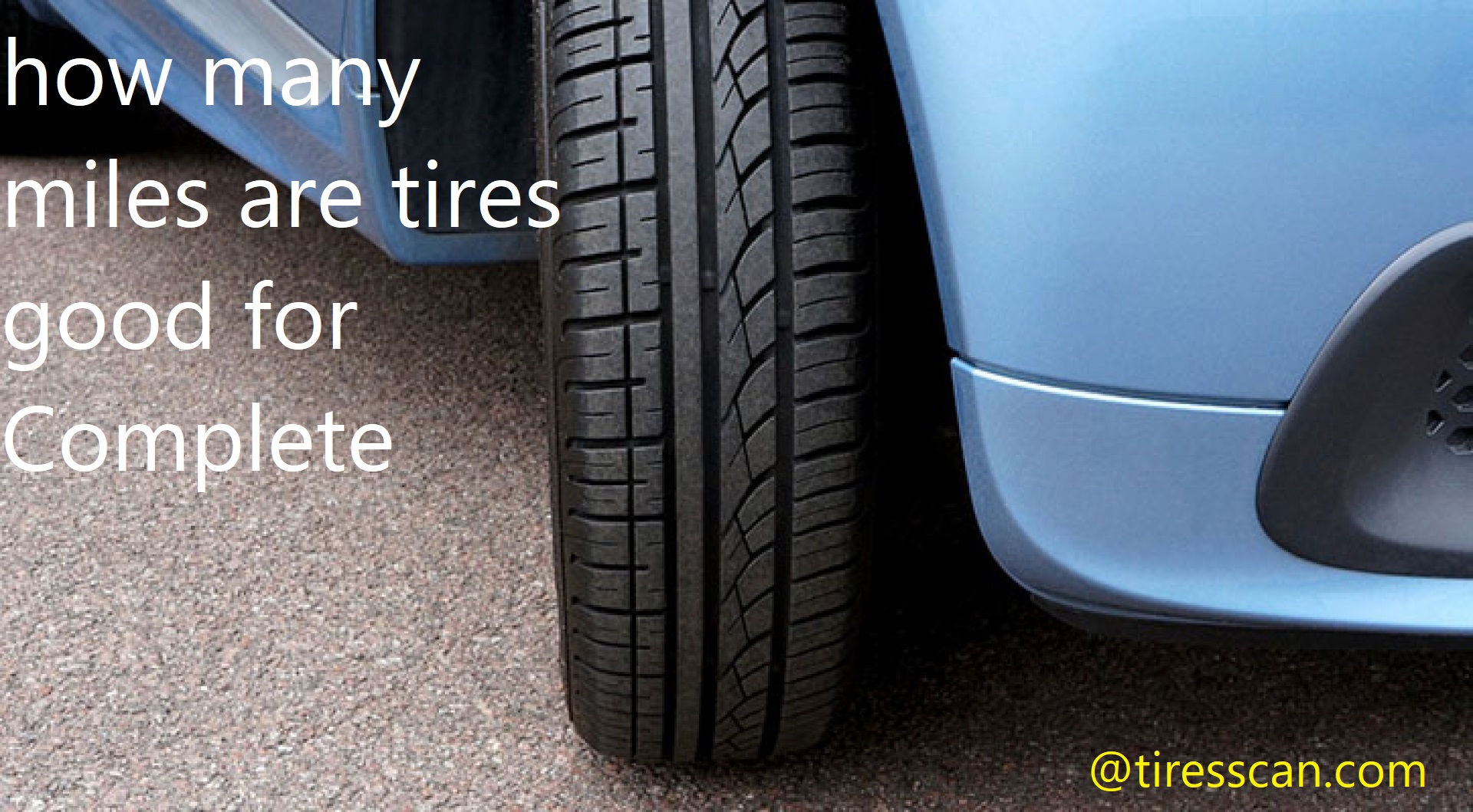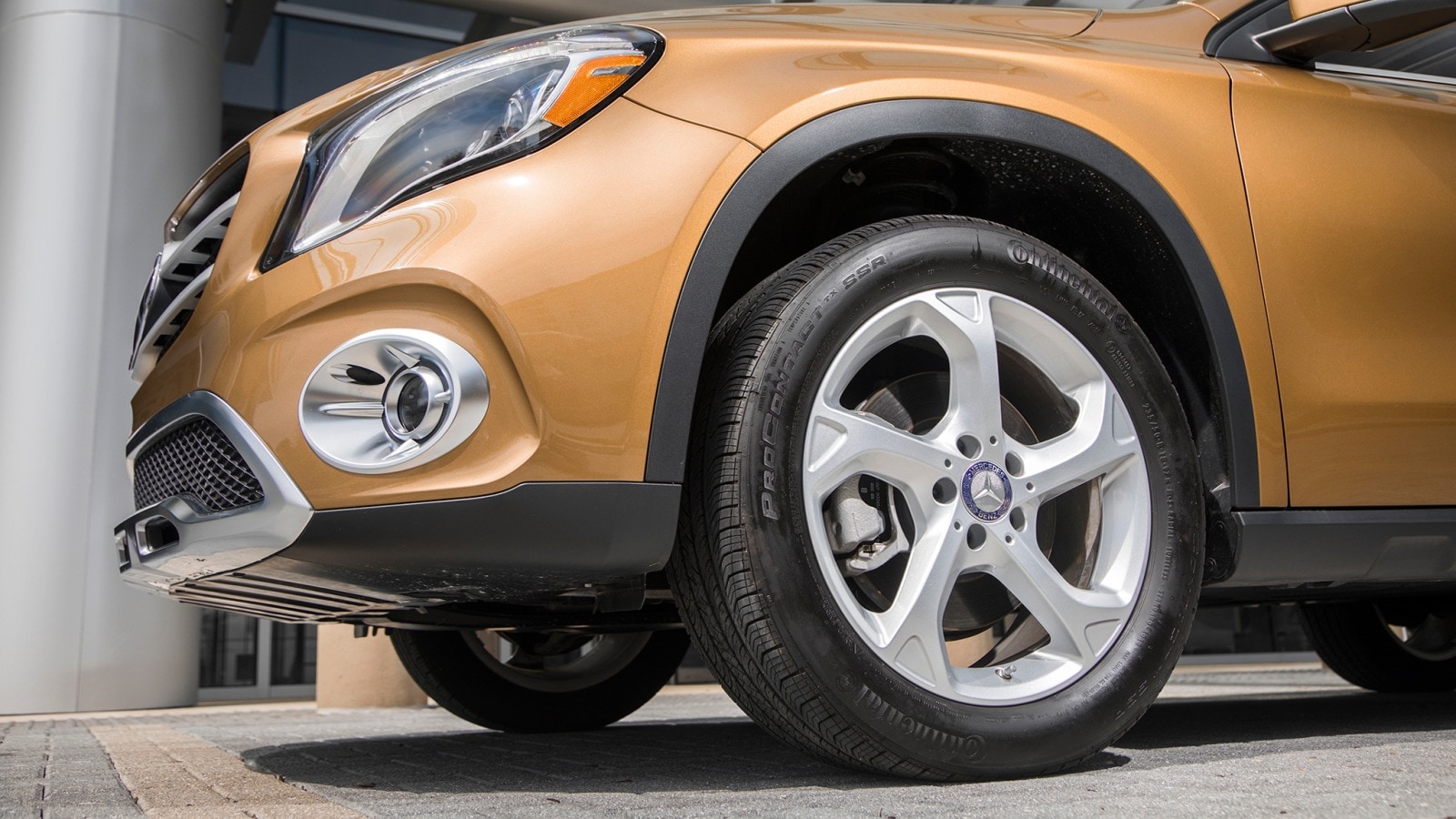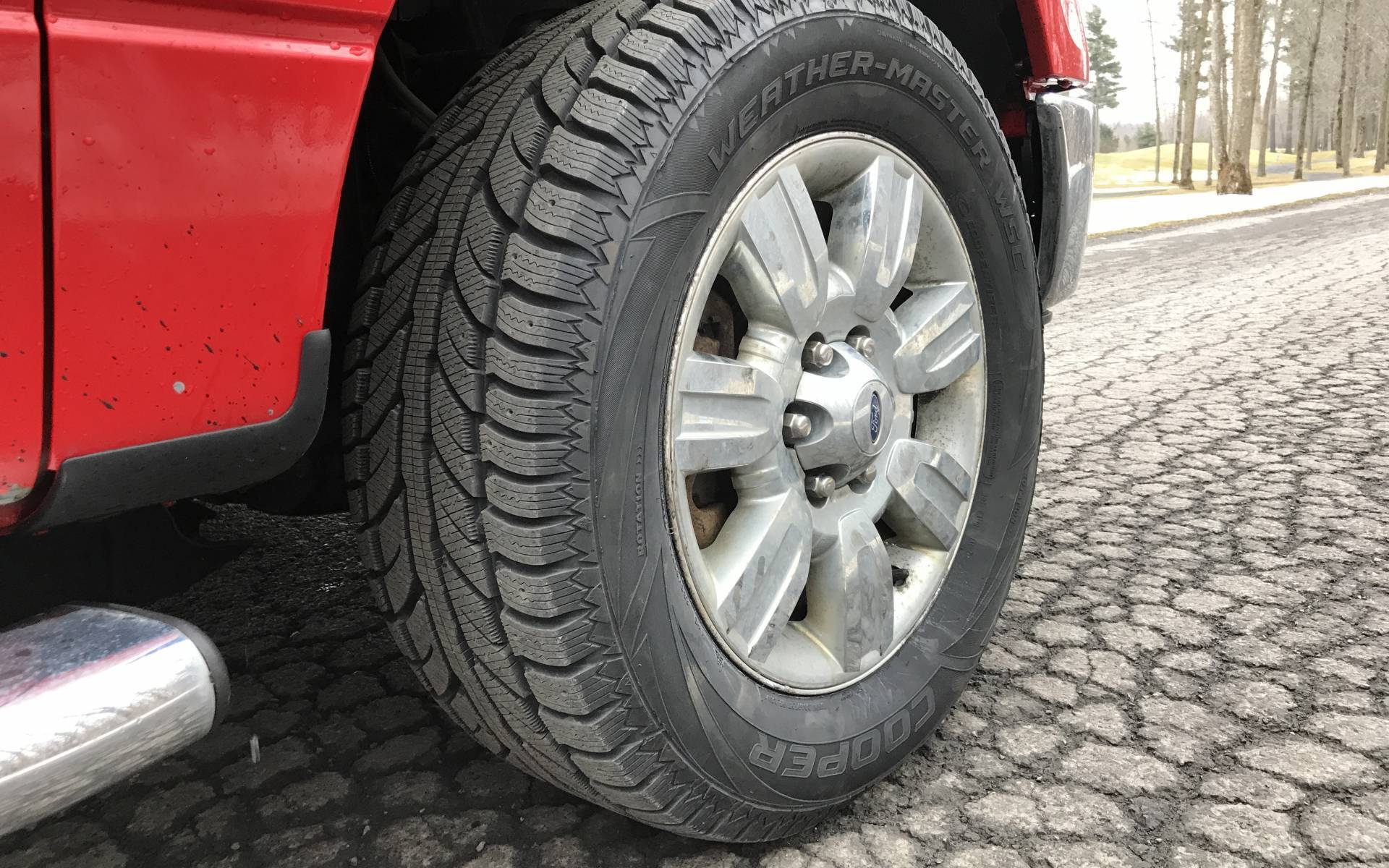Tired of constantly replacing your tires? Don’t know how many miles you can get out of them? You’ve come to the right place!
In this comprehensive guide, we’ll discuss how to find out how long your car tires last, what affects tire tread life, and tips for getting the most miles out of your tires. Let’s get started!
This guide is designed to provide you with the basic information you need to determine the life of your tires. The number of miles a tire can last depends on several factors, including: the quality of construction, driving habits, road conditions, and type of vehicle. Understanding these factors will help you estimate how many miles your tires should last before needing replacement.
Here are some general tips to keep in mind before replacing or purchasing tires:
- Choose quality and durability over economy when selecting treads
- Check for good condition before installing
- Take into account the road conditions you’ll be using them for
- Consider how frequently and hard you plan on driving on them
- Have your alignment checked regularly
Factors that Affect Tire Life
Understanding the different factors that influence tire life can help you make smart purchasing decisions and better care for your tires to maximize their lifespan.
The design of the tire: The design and construction of the tire is an important factor in determining its life span. It influences factors such as traction, cornering stability, strength, and resistance to wear. Tires typically are categorized by rim size and type (radial or bias ply), load rating (the maximum weight capacity), speed rating (maximum speed/handling capability), UTQG treadwear ratings (tread life expectancy) and climate ratings (snow tire ratings). Choosing higher-rated tires often helps to extend the life span.
Climate conditions: Extremes in temperature can cause rubber compounds in a tire to break down faster than normal. This decreases both grip levels and tread life—making it important to choose tires that are suited to your local weather conditions: all-season tires for mild climates; winter or snow types for harsher winter climates; all-terrain/off-road types for more rugged terrain.
Driver habits: How you drive also plays a significant role in how long your tires last. Aggressive driving with frequent over speeding and sudden acceleration burns up fuel quickly and causes irregular wear patterns on your tires, reducing their overall lifespan. In addition, carrying heavier loads than recommended or not properly keeping technicians up-to-date on regular tire inspections helps to shorten the lifespan of tires significantly over time.

Road conditions and driving habits
A tire’s lifespan and mileage rating will vary based on several factors. The most influential include road conditions, driving habits and vehicle maintenance. Generally, the smoother the roads and the more moderate your driving habits are, the more miles you can get out of a single set of tires. On rough roads and with heavy acceleration, hard braking and sharp cornering, tires will wear out faster. Likewise, following good maintenance procedures for your vehicle (especially suspension alignment) will help to extend a tire’s life span.
Another key factor in determining a tire’s life expectancy is its construction materials. Different types of tires — from all-season radials to light truck or SUV tires — are made from different combinations of reinforced rubber compounds which can both increase grip performance or mileage longevity (and often try to do both). Therefore, it is important to select an appropriate tire for the conditions you drive in most frequently as well as balancing these materials with what you need your tires to perform in order to maximize their life span.
Maintenance practices
Regular maintenance of your tires is essential to ensure they will remain safe and in good condition. The following measures should be taken to keep your tires in their best possible condition:
- Check tire tread depth and look for signs of uneven or excessive tire wear such as cupping or bald spots. Make sure you replace tires when the tread depth reaches a safe level, usually around 2/32 of an inch.
- Have a qualified technician inspect your wheels and other related parts for proper installation and alignment. Also, have them check the pressure of your tires regularly to make sure they are not over- or under-inflated. Be sure to follow any manufacturer guidelines regarding the correct inflation pressure for the type and size of tire specified for each vehicle.
- Take corrective action when needed, such as balancing or rotating tires, to make sure that all four wear evenly and maintain peak performance. Adjusting tire pressure can help wear problems, too.
- Have damage repaired quickly to prevent it from becoming worse — even tire punctures as small as 1/4 inch require repair or can lead to dangerous blowouts on the road.
How to Determine When Your Tires Need Replacing
When it comes to replacing tires, the standard recommendation used to be that you should buy new tires when your tread depth reaches 4/32 of an inch (or lower). However, there are other factors to consider in deciding whether or not it’s time to replace your tires. One important factor is the age of your tires.
Tires should be replaced every six years, even if the tread depth is still legally adequate. Rubber hardens and cracks over time, increasing chances for blowouts or other tire related problems. To find out how old your tires are, look for the Department of Transportation (DOT) number stamped on the side of each tire. In the photo above, you can see that DOT number circled in red. The last four digits of that number indicate the week and year when your tire was manufactured—4518 indicates it was made during week 45 of 2018.
It is also important to think about where you live and drive as these will affect how quickly your treads wear down and how soon you will need new tires. For instance, people who live in snowier climates may need to replace their all-season tires more frequently than those living in milder climates with no snow or ice on the roads in wintertime. Similarly those who do a lot city driving may need more frequent replacements due to wear from speed bumps and potholes than those who spend a lot of time on highways with few interruptions from traffic lights or construction zones.
To make sure you’re always running safely with optimal handling capabilities and security from blowouts, it’s best to consult with knowledgeable mechanics wherever possible before replacing any kind of automotive part such as shocks or brakes — including tires! 
Signs of wear and tear
It is important to know the signs of wear and tear when it comes to tire longevity. Your tires should be inspected for any of the following issues at least twice a year, or according to the recommended maintenance schedule for your vehicle:
-Uneven tread wear: This can occur due to incorrect wheel alignment or uneven tire inflation. It is important to check your wheel alignment regularly and inspect your tires’ tread depth with a tire depth gauge.
-Cupping or scalloping in treads: When the rubber on either side of a tire’s tread pattern starts to curl away from the center groove, this is known as cupping or scalloping. Over time, this can lead to an unsafe level of vibration and loss in traction control reliability. This can be caused by various factors such as improper wheel balance, misalignment due to suspension or steering system problems or simply poor quality tires that have been overworked too quickly. It is important to replace tires that show evidence of scalloping as soon as possible.
-Cracks in sidewalls: Varying temperatures and exposure to debris cause cracks in sidewalls over time, making them susceptible to punctures and other damage which can potentially lead them into failure if not treated correctly. If you notice any bulges or bubbles on your sidewalls then they are likely cracked and should be replaced immediately.
Tread depth measurements
Tread depth is an important indicator of the remaining life of a tire. When the tread on a tire has worn down to a certain level, its performance on wet or slippery roads may diminish significantly, even though it may still look surprisingly new. It is essential to periodically check the tread depth in order for you to know when it’s time to buy new tires.
The legal minimum tread depth for many states is 2/32 of an inch, so keeping your tires above this level would be prudent. To measure tread depth, use a simple tool called a “tread depth gauge” which can be found at most auto parts stores or online. Place it in the narrowest area of grooves and make sure that it touches the bottom of each groove. The reading will give you a accurate number corresponding to how deep your tires still are relative to the legal minimum:
– 16/32″ or greater: Good – You have enough tread for traction
– 8/32″ – 15/32″: Fair – You should keep an eye on wear patterns and consider replacing soon
– 4/32″ – 7/32″: Poor – Dangers are increased — replace now!
– 2/32″ or less (anywhere): Replace Now!
Age of the tire
The age of the tire is instrumental in determining how long they will last, although other factors such as type, tread wear and tire pressure also play a role. The maximum recommended lifespan of tires is six years, according to the Rubber Manufacturers Association. However, this does not take into account a few important factors that can extend or reduce the life expectancy of your tires.
Climate and storage conditions affect the life of your tires; leaving them outside in a constantly wet environment reduces the rubber in their construction and can cause them to prematurely age. If you don’t use your car often or if you live in areas with extremely cold climates it’s best to store your tires inside the house.
The type of tire you have may determine how quickly it wears out. Performance and high performance tires offer better grip on the road but usually have softer rubber construction which wears out faster than traditional suspension/light truck passenger-specific tire types. This means that performance/high-performance tires may need to be replaced sooner than traditional ones.

Conclusion
In conclusion, the number of miles tires are expected to last for can vary widely depending on the various factors mentioned in this guide. Driving habits, atmospheric conditions and how often regular care and maintenance is provided will all play a role in how long a tire’s life expectancy is. While there is no precise answer to how many miles tires are good for, the average range can typically range from 30,000 to 60,000 miles.
It’s important to stay on top of regular checks and maintenance for any signs of wear and tear that could potentially lead to severe consequences like tire blowouts or an increased chance of being involved in an accident. If you have any additional questions or concerns regarding your tire safety and longevity, you should consider consulting a professional who can provide more detailed advice.
FAQs
How long should tires last on average?
The average lifespan of tires is typically around 50,000-60,000 miles, or about 4-5 years.
How often should you replace tires?
Tires should be replaced when the tread depth reaches 2/32 of an inch or less, or if there is any visible damage or signs of wear.
How long does a TYRE last in KM?
The lifespan of a tire in kilometers can vary depending on a number of factors, but on average, a tire can last around 80,000-100,000 kilometers.
Are 7 year old tires still good?
Tires that are 7 years old or older may still be safe to use, but it is recommended to have them inspected by a professional and consider replacing them if they show signs of wear or damage.
Are 5 year old tyres OK?
Tires that are 5 years old or older may still be safe to use, but it is recommended to have them inspected by a professional and consider replacing them if they show signs of wear or damage.
Should I replace all 4 tires?
If one or two tires are worn or damaged, it is generally recommended to replace all four tires at the same time to ensure even wear and performance.
How do I know if I need new tires?
You may need new tires if you notice uneven wear, cracks or cuts in the tread or sidewall, bulges or blisters, vibration or shaking while driving, or if the tire tread depth is worn down to 2/32 of an inch or less.
How do I know when my tyres need replacing?
You may need to replace your tires if you notice any signs of wear, damage, or a decrease in performance, such as reduced traction or handling.
Should I always replace 2 tires at a time?
It is recommended to replace all four tires at the same time to ensure even wear and optimal performance, but if only two tires are worn or damaged, they can be replaced as a pair.
Can tyres last 60000 km?
Yes, it is possible for tires to last up to 60,000 kilometers, but this can depend on factors such as driving habits, road conditions, and proper maintenance.
See Also:
- Best Tires For Jeep Grand Cherokee
- Best Tires For Polaris Ranger
- Best Tires For Infiniti Q50
- Best Tires For Honda Ridgeline
- Best Tires For Nissan Rogue

